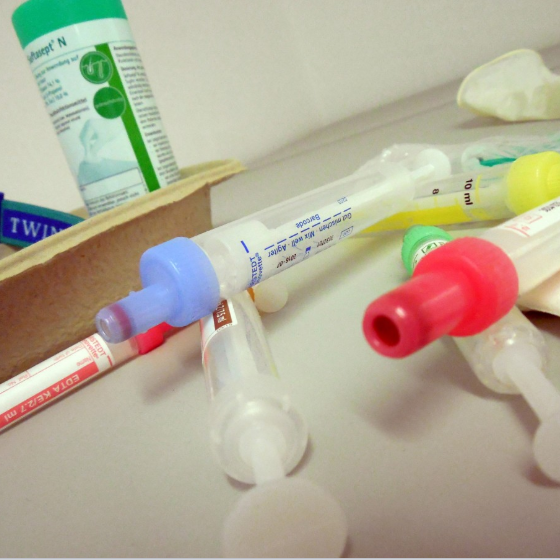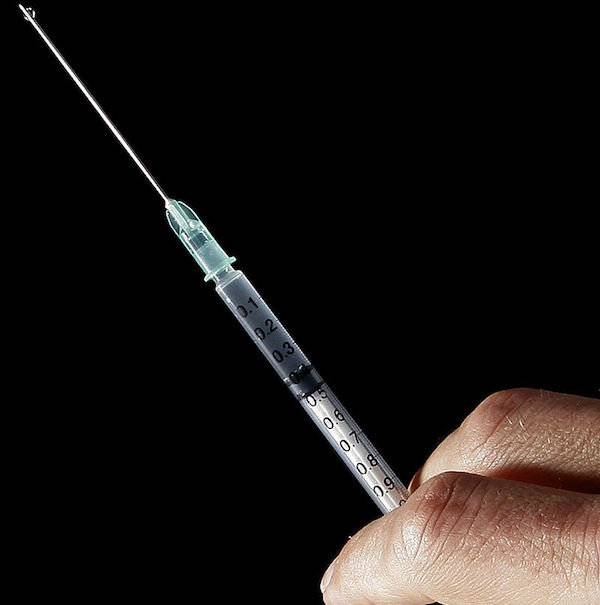Lead is toxic. Exposure is dangerous to everyone, but there are undoubtedly populations who are at a higher risk than most. Young children, the elderly, and those with compromised immune systems are at a higher risk than most. Unborn babies are at risk as well. But how does lead poisoning happen? Exposure is one thing, but lead poisoning occurs when too much lead enters the body — either from ingesting or inhaling the harmful metal.
Lead poisoning is dangerous because it attacks blood cell production. It also inhibits calcium absorption — which makes it especially dangerous for developing children.
Where Is Lead Commonly Found?
You can find lead in a number of places, but lead-based paint poses a severe risk to homeowners, construction workers, renovators, or anyone that may disturb lead paint. Homes built before 1978 are at exceptionally high risk. Before this date, lead paint was not banned and was common in homes, condominiums, and other buildings. Lead paint can be found both inside and outside a home or building. Workers, children, gardening enthusiasts, and others that may trudge through soil or areas outside the home may track lead paint indoors, where it could potentially become a risk.
You could potentially find lead paint in a wide variety of places. However, areas that are touched continuously or moved are especially concerning. Places like handrails, banisters, window sills, and doorways are just a few of the areas where lead paint can easily become disturbed over time. If you notice any chipping, peeling, cracking, dampening, or any other type of wear on areas with lead paint, take great care when cleaning. You don’t want to disturb the paint further or cause unwanted exposure to you or your family.
Lead Poisoning Risks
As we mentioned, small children are at a far higher risk of lead poisoning than most of the population. That’s mostly because they are far more likely to put their hands in their mouth or try and eat things they shouldn’t. They are also closer to the ground and therefore inhale far more debris that may be on the floor or other surfaces.
Too much exposure to lead can cause a lot of symptoms and health risks. These can be pretty different for children and adults.
For example, children may experience developmental delays or learning difficulties. These can be difficult to identify as a result of lead exposure, but you can have your child tested for lead poisoning. Other risks of lead poisoning for children can include:
- Loss of appetite
- Seizures
- Weight loss
- Sluggishness and fatigue
- Abdominal pain
- Vomiting
- Irritability
- Hearing loss
- Constipation
- Eating things, such as paint chips, that aren’t food
Adults are also at risk, and while it may not be as severe, it is still a significant health risk. Lead poisoning in adults can manifest itself in:
- High blood pressure
- Mood disorders
- Abdominal pain
- Joint and muscle pain
- Memory or concentration troubles
- Headache
- Reduced sperm count and abnormal sperm
- Miscarriage, stillbirth or premature birth in pregnant women
All it takes is a blood test and a doctor will be able to tell you if your child, or yourself, have lead poisoning. If you live in an area or home where lead exposure risk is high, the American Academy of Pediatrics says that your child should be tested for lead at the ages of 1 and 2.
Lead Poisoning Treatment

The treatment for lead poisoning can range from simple to complex therapies. However, the very first recommendation is to remove or seal the source of lead. Lead abatement contractors can take the necessary steps to remove any contaminating surfaces, paints, etc. from the home and make it safe. If removal isn’t an option, you can seal in old lead paint.
For low lead levels or low lead risk, avoidance is usually enough to reduce any lead levels in the blood. That’s why it’s recommended that the home be tested and lead removed if possible.
However, more severe cases of lead poisoning may require actual treatment from a medical professional. Your doctor may recommend either an oral medication or injection to rid the body of the harmful toxin. Lead poisoning is measured in micrograms per deciliter (mcg/dL) and is determined by a blood test.
Chelation Therapy
This treatment is given by mouth and is typically used with children that have blood levels of 45 mcg/dL or higher. This treatment binds with the lead so that it can be passed through urine.
EDTA Chelation Therapy

This treatment is typically recommended for adults with lead levels higher than 45 mcg/dL. It’s also used with children that can’t tolerate the standard chelation therapy above. The treatment of calcium disodium ethylenediaminetetraacetic acid (EDTA) is given in an injection.
As we mentioned, it can be challenging to correlate symptoms of lead poisoning with lead poisoning itself. If you believe your child may be at risk, here’s what you can do.
- Make a list of symptoms
- Make a list of where your child has been
- Identify sources of lead in your home
If you have recently moved to a new home or your child has changed schools — these can undoubtedly be starting points for lead poisoning symptoms. If a child has tested positive for lead poisoning, all siblings and other family members that live in the home should be tested as well. Sometimes, the best way to keep children safe is simple cleanliness routines. Washing hands and toys can significantly reduce lead exposure. Healthy diets can do wonders to combat lead exposure as well.
For Contractors
Anyone who works in an environment or occupation where they may disturb lead paint — the EPA requires that you undergo training to prevent the possibilities of lead exposure or poisoning. Renovators, supervisors, and abatement workers all need to undergo their own respective training and certification programs to work anywhere that lead paint or other surfaces could present a risk.
EPA Lead Abatement Worker Course
EPA Lead Abatement Supervisor Course
These courses are set up to inform and train workers on the proper way to manage lead-based surfaces and keep themselves safe. Employers also need to be mindful of the EPA’s regulations and laws, as failure to have certified employees can cost a pretty penny.


